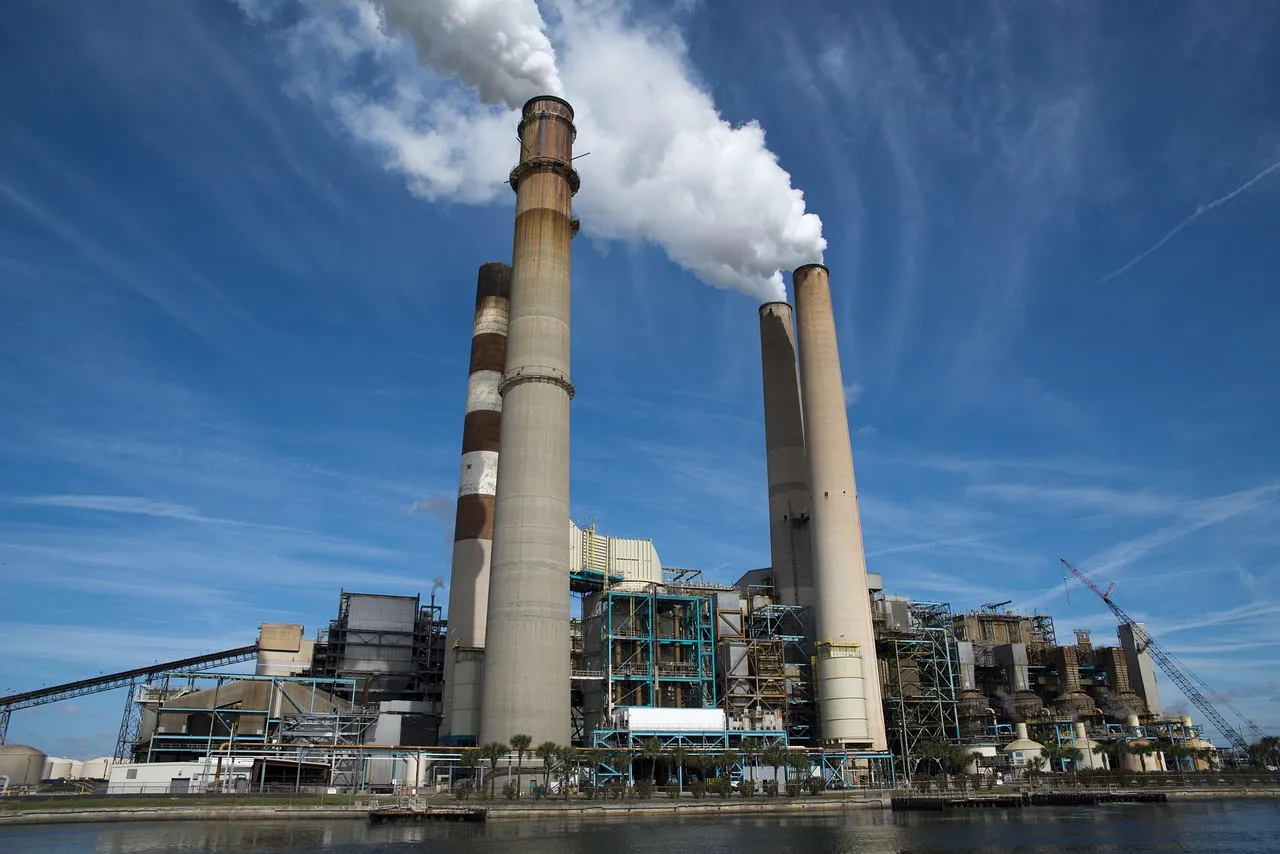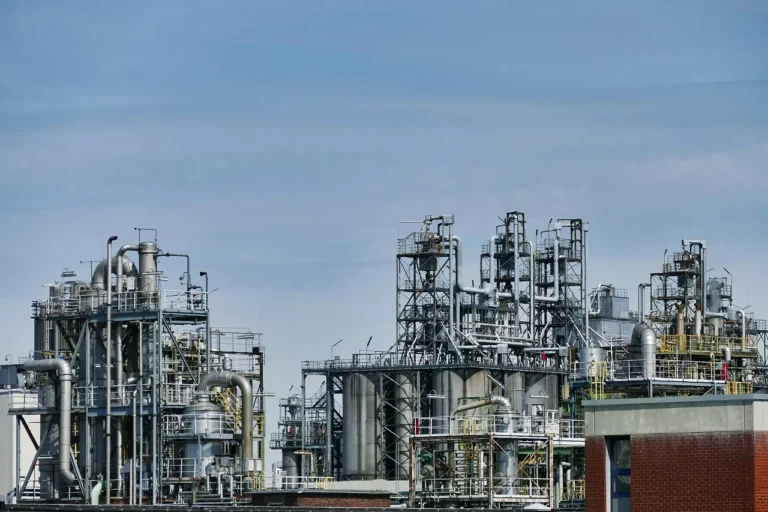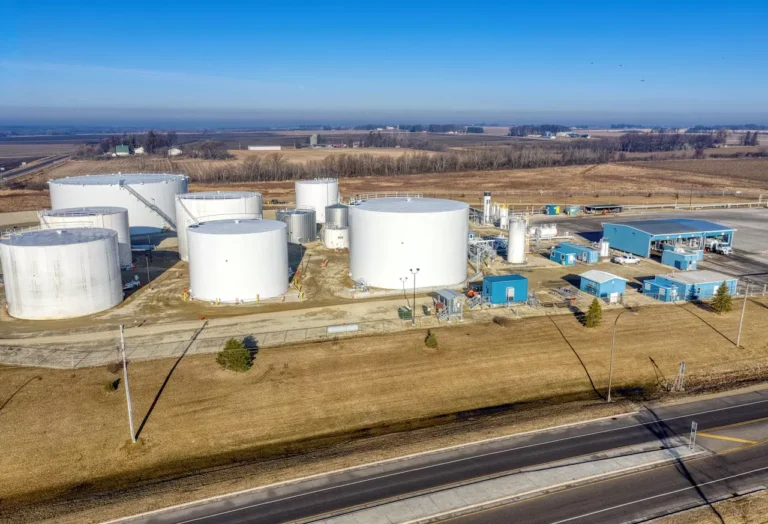
APS Launches Desert Sun Power Plant to Meet Arizona’s Growing Energy Needs
Arizona Public Service (APS) has announced plans to develop the Desert Sun Power Plant, a major new natural gas facility located west of Gila Bend, Arizona. The project will be capable of generating up to 2,000 megawatts (MW) of reliable and flexible power—enough to support the state’s rapid growth, meet surging electricity demand from large-scale users such as data centers, and complement renewable energy resources. Designed with affordability and resilience in mind, Desert Sun represents a cornerstone of APS’s “growth pays for growth” strategy, ensuring that expanding energy demand does not burden existing customers.
Two-Phase Project: Supporting Current and Future Growth
The Desert Sun Power Plant will be developed in two phases.
- Phase 1 will support existing APS customers through a competitive procurement process, adding flexible capacity to stabilize the grid and manage peak demand periods.
- Phase 2 introduces an innovative subscription model, in which new, extra-large energy consumers—like data centers and advanced manufacturers—finance their portion of the project. These customers will enter long-term contracts that cover capital costs and assume development risks, ensuring that residential and small business customers are not responsible for funding the expansion.
“Arizona’s energy needs are growing faster than at any time in our history,” said Jacob Tetlow, APS Executive Vice President and Chief Operating Officer. “Additional natural gas generation is essential to support existing customers and meet the demand from extra-large users. By pursuing a ‘growth pays for growth’ approach, we can expand capacity without shifting costs to families and small businesses.”
Protecting Customers and Ensuring Reliability
APS’s approach is designed to protect affordability while maintaining grid reliability. By allowing large energy users to fund future capacity, the company ensures that growth-related costs are aligned with those who benefit from expansion. This model strengthens Arizona’s electric system and enhances the ability to integrate renewable sources such as solar and wind.
Key benefits include:
- Fair prices maintained for all customers.
- Enhanced reliability, especially during peak summer demand.
- Upgraded grid infrastructure that supports future economic expansion.
- Balanced energy mix incorporating nuclear, solar, wind, storage, natural gas, and coal.
“Phase 1 will help us meet spikes in demand—like those hot summer afternoons when renewables aren’t available,” Tetlow explained. “Phase 2 ensures that as Arizona grows, we can expand responsibly by partnering with extra-high-load customers to maintain fairness and protect existing customers.”
Importance of a Balanced Energy Portfolio
APS continues to emphasize the importance of a diverse energy portfolio to maintain reliability and affordability. By 2028, the company plans to add nearly 7,300 MW of new resources, including renewables, storage, and flexible gas generation. Natural gas remains a crucial component in this mix, providing dispatchable, on-demand power to back up intermittent renewable energy.
“Natural gas is an important partner to the renewable resources we’re adding,” said Tetlow. “It provides the flexibility needed to ensure consistent power—especially on our hottest days.” He also noted that nuclear and coal resources provide critical baseload stability, further strengthening the system’s resilience.
Economic and Workforce Impacts
The Desert Sun Power Plant will also generate significant economic benefits for Arizona communities.
- Job creation: The project is expected to create hundreds of construction jobs and several long-term operational positions.
- Local business opportunities: APS plans to collaborate with local suppliers, contractors, and service providers.
- Tax contributions: The facility will enhance both local and state tax revenues.
“Natural gas generation is a critical component of a reliable and affordable grid,” said Representative Gail Griffin, Chairwoman of the Arizona House of Representatives Natural Resources, Energy and Water Committee. “APS’s investment in Desert Sun will provide firm, dispatchable energy to support quality service for existing and future customers.”
Economic leaders also praised the project’s strategic importance. Christine Mackay, President and CEO of the Greater Phoenix Economic Council (GPEC), highlighted that “a strong and reliable energy grid gives Arizona a competitive edge in attracting leading businesses and advanced manufacturers.” Similarly, David Martin, President of the Arizona Chapter of the Associated General Contractors, emphasized that the project “supports good-paying contractor jobs and strengthens the state’s infrastructure.”
Environmental and Infrastructure Commitments
APS has committed to ensuring that Desert Sun operates with state-of-the-art efficiency and emissions controls. The facility will meet or exceed federal and county air quality standards, leveraging modern technologies to limit emissions while maximizing performance. The company also plans to source natural gas through the proposed Transwestern Pipeline’s Desert Southwest expansion and build new transmission infrastructure to connect the plant to the regional grid.
Public Engagement and Timeline
APS will conduct public open houses and maintain an updated project website (aps.com/desertsun) to provide information and gather feedback from local communities.
- Phase 1 is scheduled to begin serving customers by late 2030.
- Phase 2’s timeline will depend on agreements with participating large energy users and regulatory review.
Source Link : https://www.businesswire.com/










